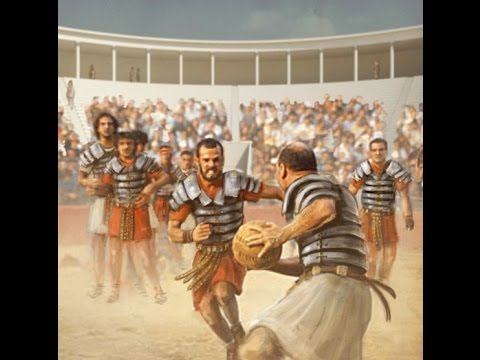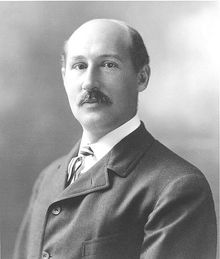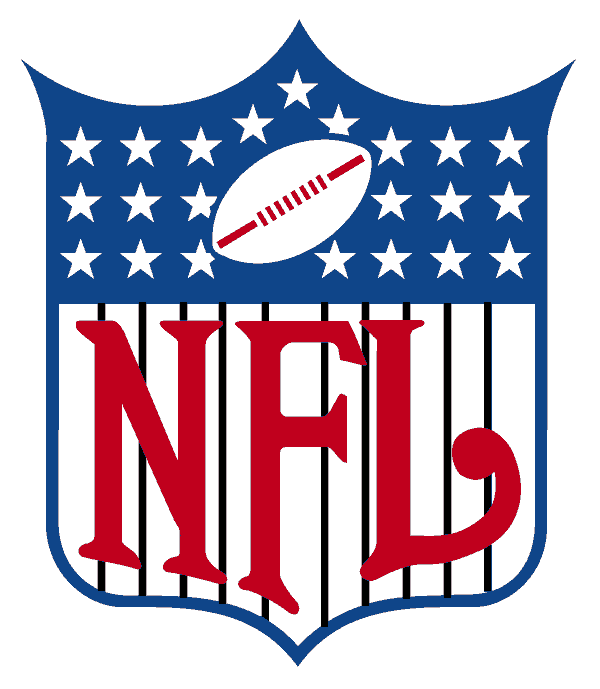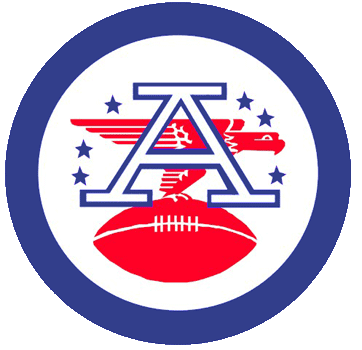Before 1869:
Football can be seen in lots of early civilizations that show the origins of American football as we know it today. In Ancient Greece, men were found playing a sport they called “Episkyros” which involved them trying to throw a ball over a scrimmage while avoiding tackles from people that didn’t have the ball. Most of these early forms of Football took place all over Europe as teams for neighboring villages, involving an unlimited number of players on opposing teams, would clash together, trying to drag an inflated pig’s bladder to markers at each ends of a town. Although there are some mentions of Native Americans playing football-like games, modern American football has its origins in the traditional football games played in the cities, villages and schools of Europe for many centuries before America was settled by Europeans.

Pioneer Period (1869-1875):
Football really started to take off in the Intercollegiate level before any talks of a Professional level ever coming together. Closely related to two English sports, rugby and soccer, American football originated at universities in the United States, in the late 19th century. On November 6, 1869, players from Princeton and Rutgers held the first intercollegiate football contest in New Brunswick, New Jersey, playing a soccer-style game with rules adapted from the London Football Association. While several other elite Northeastern colleges took up the sport in the 1870s, Harvard University maintained its distance by sticking to a rugby-soccer hybrid called the “Boston Game.” In May 1874, after a match against McGill University of Montreal, the Harvard players decided they preferred McGill’s rugby-style rules to their own. In 1875, Harvard and Yale played their first intercollegiate match, and Yale players and spectators embraced the rugby style as well.

The man most responsible for the transition from this rugby-like game to the sport of football we know today was Walter Camp, known as the “Father of American Football.” The medical student played halfback and served as team captain, which was equivalent to head coach at the time. He was the guiding force on the rules board of the newly formed Intercollegiate Football Association (IFA). Thanks to Camp, the IFA made two key innovations to the game. It did away with the opening “scrummage” or “scrum” and introduced the requirement that a team give up the ball after failing to move down the field a specified yardage in a certain number of “downs.” Among the other innovations, Camp introduced were the 11-man team, the quarterback position, the line of scrimmage, offensive signal-calling and the scoring scale used in football today.
Beginning of Professional Football (1892-1933):
In the early 20th century, football began to catch on in the general population of the United States and was the subject of intense competition and rivalry, although its localized nature. Although payments to players were considered dishonorable at the time, a Pittsburgh area club, the Allegheny Athletic Association, of the unofficial western Pennsylvania football circuit, hired former Yale All-American guard William "Pudge" Heffelfinger. On November 12, 1892, a day that would forever be etched in sports history, Heffelfinger, was openly paid $500 to play the game. The first known professional football league, known as the National Football League (not the same as the modern league) began play in 1902 when several baseball clubs formed football teams to play in the league.
In 1920, the American Professional Football Association (APFA) was founded, in a meeting at a car dealership in Canton, Ohio. The APFA would later be named the NFL. Jim Thorpe was elected the league's first president. After several more meetings, the league's membership was formalized. The original teams were:
- Akron Pros
- Buffalo All-Americans
- Canton Bulldogs
- Chicago Tigers
- Cleavland Indians
- Columbus Panhandles
- Dayton Triangles
- Decatur Staleys
- Detroit Heralds
- Hummnond Pros
- Muncie Flyers
- Racine Cardnials
- Rochester Jeffersons
- Rock Island Independants
By the mid-1920s, NFL membership had grown to 25 teams, and a rival league known as the American Football League was formed. The rival AFL folded after a single season, but it symbolized a growing interest in the professional game. At the end of the 1932 season, the Chicago Bears and the Portsmouth Spartans were tied with the best regular-season records. To determine the champion, the league voted to hold its first playoff game. Because of cold weather, the game was held indoors at Chicago Stadium, which forced some temporary rule changes. Chicago won, 9–0. The playoff proved so popular that the league reorganized into two divisions for the 1933 season, with the winners advancing to a scheduled championship game.
Professional Football Today (1933-Present):
The 1930s represented an important time of transition for the NFL. League membership was fluid prior to the mid-1930s. In 1941, the NFL named its first Commissioner, Elmer Layden. Layden held the job for five years, before being replaced by Bert Bell in 1946. During the 1950s, additional teams entered the league. In 1950, the AAFC folded, and three teams from that league were absorbed into the NFL. IN 1959, Dallas businessman Lamar Hunt led the formation of the rival American Football League. The AFL became a viable alternative to the NFL as it tried to attract established talent away from the NFL. The AFL worked hard to secure top college players, many from sources virtually untapped by the established league.


In 1966, the AFL league was forced into a partial merger with the NFL. The two leagues agreed to have a common draft and play in a common season-ending championship game, known as the AFL-NFL World Championship, now known as the Super Bowl. In 1970, the two leagues merged to form a new 26-team league. The NFL eventually incorporated some of the innovations that led to the AFL's success, such as including names on player's jerseys, official scoreboard clocks, and national television contracts. It has expanded several times to its current 32-team membership, and the Super Bowl has become a cultural phenomenon across the United States. The NFL has grown to become the most popular spectator sports league in the United States.